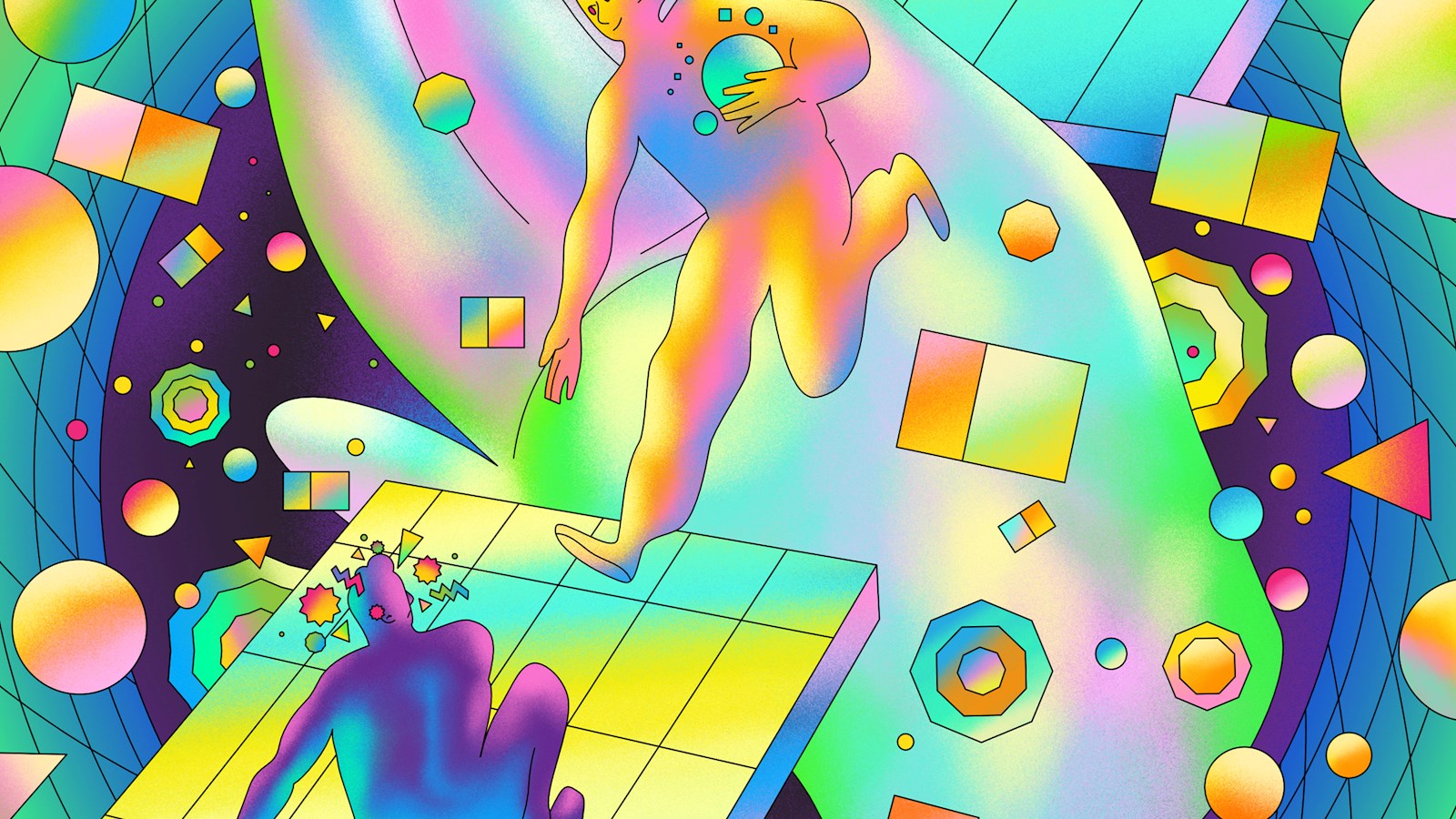
We must learn from our mistakes
It is vital for us to learn from our mistakes before it’s too late to safeguard the next version of the internet, the metaverse, writes Christina Fusco-House
The metaverse is not only at risk of repeating the sins of its fathers but exacerbating them. By definition anonymous, limitless and immersive, once it finally emerges from its cocoon of gaming servers and Web2, we’ll need safeguards in place to ensure the metaverse delivers an equitable and inclusive experience for all users.
The concept of ‘design justice’ allows us to do this from the ground up, preventing the sins of the past before they can take root.
This means centring marginalised communities who are most at risk from Web2 and gaming’s self-seeded sins, listening to them and integrating their lived experiences into the foundations of the metaverse’s design. Through this we have a chance to make the new virtual world more accessible and equitable than that of its forefathers.
Web2 left us all straining to shut the door long after the trolls bolted. So, it’s of little surprise that this culturally one-sided crèche resulted in a gaming industry riddled with accessibility and inclusion issues – digital gender violence (first case in 1993, cases doubling since 2017); online racism (44% of gamers, 1.42 billion people globally); lack of disabled access (66% of disabled gamers face financial barriers to inclusion), homophobia (trebled amongst children since 2015).
Acknowledging reality
In light of this digital inheritance, the Web3 pioneers face two fundamental issues:
- The human-factor, also known as unconscious biases.
- An imperfect muse, also known as the real world.
Both of these issues share responsibility for digital spaces historically prioritising the wants of the dominant group (cis male – identifies as the male gender assigned at birth – white, heterosexual, ‘able-bodied’, literate, college educated, middle-aged, with broadband internet access, etc.7), over the needs of more marginalised voices. The harm caused is clear:
Unconscious bias within AI image processing sets meant autonomous vehicles were more likely to crash into dark-skinned people than light.Real world stereotypes and patriarchal structures mimicked within gaming resulted in overt sexualisation and objectification of female avatars.
Unfortunately, with leading figures in the Web3 space still shockingly lacking in diversity – of the top 10 metaverse-dabbling CEOs, 80% are male, white and able-bodied, while 92% of developers are male, 75% white – there is significant risk from these same biases and real-world imperfections affecting Web3 too.
Raising the stakes
The metaverse aims to be an indispensable, hyper-real extension of our lives. With success relying on developers finding a way to blur the line between virtual and reality, studies are looking into ways they can 'trick' the nervous system into experiencing virtual reality as if it were the real world. But, already, experts are cautioning against the increased risks from these life-like interactions.
At its best, the metaverse will become a utopian space of meaningful connection, unhampered by geography or language. At its worst, the bad qualities of real life will be replicated and extrapolated across the virtual realm -- a realm currently lacking the social norms and conventions to safeguard those most at risk.
Turing to design justice
Despite the metaverse’s ill-fated heritage, there is a solution – design justice. The metaverse is fast approaching, but it’s not here yet. If we act now, the principles of design justice offer us a way to overcome biases and real-world mirroring issues by hardcoding safeguards into its foundation.
These Design Justice Network principles consist of:
- Using design to sustain, heal and empower communities, and seek liberation from exploitative and oppressive systems.
- Centring voices directly impacted by outcomes of the design process.
- Prioritising design’s impact on the community over designer’s intentions.
- Viewing change as emergent from accountable, accessible and collaborative processes.
- Defining designers as facilitators rather than experts.
- Believing everyone is an expert due to their lived experiences.
- Sharing design knowledge and tools with communities.
- Working towards sustainable, community-led and -controlled outcomes.
- Working towards non-exploitative solutions that reconnect us with earth and each other.
- Honouring and uplifting traditional, indigenous and local knowledge and practices.
Learning from other spaces
Many of these principles are already being designed into parts of the wider Web3 framework, evidence from which provide an encouraging picture, supporting the theory that design justice will help build a culture of inclusivity and equitability within the metaverse. For example:
- Playground Games — Collaboration with gaming’s disabled community led to Forza Horizon 5’s American and British Sign Language support and colour blindness mode — Principles 1, 2, 3, 5 & 6
- Decentralised Autonomous Organisations (DAOs) — Member-owned communities without centralised leadership, DAOs code their rules within smart contracts on the blockchain that are amended via member votes — Principles 2, 3, 4, 7 & 8
- Utility-focused NFTs — These NFTs grant real-world community access based on ownership, not biodata — Principles 2, 4
- Artnome — Solving NFT carbon emissions by switching from proof of work to proof of stake — Principles 3, 7, 8 & 9
Taking responsibility for success
To successfully integrate design justice into the metaverse, all stakeholders (from hardware engineers and software developers to CFOs and curious brand advertisers) need to uphold their principles. All have an obligation to seek, uplift and integrate the opinions and lived experiences of marginalised communities throughout the metaverse’s existence.
To be effective long term, we need to consistently support the training and hiring of developers and execs from marginalised groups; plan for the continuous monitoring and optimisation of hardcoded safeguards; and ensure all future metaverse users have the internet access needed to make it through Web3’s front door.
By definition, it’s an ‘if one of us wins, we all win’ scenario. By working together, pooling resources and continuously stress-testing our own biases and intentions against the Design Justice Network principles, we have the chance to learn from past mistakes and ensure that the metaverse becomes a safe, inclusive and equitable space for all.
published on
06 December 2022
Category
More in Technology & data

How to build your brand in-game
A new research report from WPP and SuperAwesome

WPP puts itself at the heart of collaborative 3D worlds
Pixar's 3D animation file format – USD – is the invisible building block of our digital 3D future.

A clarion call for AI, accessibility & advertising
Innovating at the intersection of AI, accessibility, and advertising

